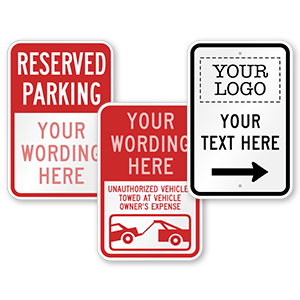NHTSA Debuts Terrifying “Click It or Ticket” Seatbelt Campaign

The new campaign to encourage the use of seatbelts while driving
(Image via DOT)
June 4, 2012 — Last week, US Transportation Secretary Ray LaHood announced the DOT‘s new seat belt enforcement initiatives for 2012. The initiatives are part of a nationwide attempt by state law enforcement officials to crackdown on violators and remind citizens to wear a seatbelt and why. Called “Click It or Ticket It,” it is “the most successful seat belt enforcement campaign ever” (according to its sponsor, the National Highway Traffic Safety Administration). In 2010, 22,187 people died in car crashes. Of those, 51% were not wearing a seatbelt. This percentage had decreased from 2001 when the percentage of unrestrained deaths was 59%. The NHTSA estimates that wearing a seatbelt saved some 12,546 lives in 2010. But it also assumes that CIOT is what worked that magic.
Few will dispute CIOT’s intended message — that wearing a seatbelt is important — but some are beginning to worry that the new campaign and its enforcement go too far. During the announcement, LaHood praised law enforcement officials for issuing almost 500,000 tickets in 2011 to drivers who failed to wear a seatbelt. In fact, just recently, the CIOT launched a Memorial Day crackdown in which 10,000 law enforcement officials from across the country have stepped up their patrols “Day and Night,” or so the motto goes. The annual two-week CIOT Crackdown around Memorial Day weekend has reaped 3 million citations over the last five years. Is this justified or is it a bit excessive?

Airwaves have been blanketed with advertisements appealing to the 18-34 year old male, a demographic that, according to the NHTSA, is the least likely to wear seatbelts. A recent press release from the NHTSA describes the ads as a “humorous tale on techniques attempted by drivers trying to fake seat belt use.” A new seatbelt commercial features Donald Driver –the Green Bay Packers’ all time wide-receiver and recent Dancing with the Stars winner – in one of the ads. Yet a glance at the CIOT’s website might raise an eyebrow. From the blood-red background to the animation showing a sinking Titanic or a person getting ejected during a car crash. While the site’s humor and the intensity are meant to appeal to a young crowd, one might get the impression that the NHTSA is running a scare campaign.

Street signs like these motivate drivers to buckle up for safety without scaring them unecessarily (via ParkingSigns.net)
Some question whether the government is needed to protect us from ourselves and if all those safety laws and citations are really necessary. If so, to what extent? If not, how else would safe driving habits like seatbelt compliance be learned? The truth is, citizens can guarantee their own safety without government enforcement. Teen drivers can learn the importance of proper seatbelt use from their parents or by Drivers Education programs. Private organizations can spread awareness about the importance of wearing a seatbelt. Given today’s technology, citizens can protect themselves with mobile apps like “TextNoMore” a free Smartphone app that puts drivers’ phone in sleep mode they will not get distracted and cause an accident. It also sends out automatic away messages, and awards points with every usage of the app, redeemable for free prizes. In contrast, CIOT’s program relies on punishment as its main deterrent and requires manpower to enforce. Instead, CIOT can rely on less costly, preventative measures such as street signs that courteously remind citizens to drive safely and buckle up. While CIOT’s mission is an important one, it cannot replace private initiatives. Used as an addition, however, CIOT can have a beneficial impact if it relies on spreading awareness and using preventative measures like street signs as opposed to launching “crackdowns” or issuing thousands of citations.

Another safe driving initiative: this free smartphone app prevents auto accidents caused by texting and driving.
– N. Gilliat












